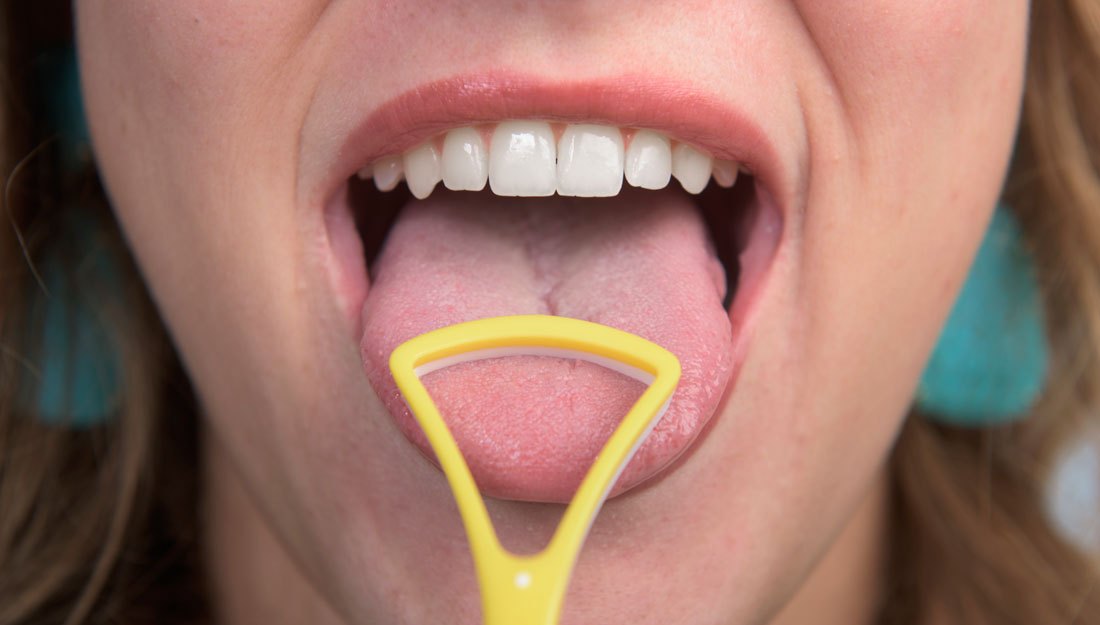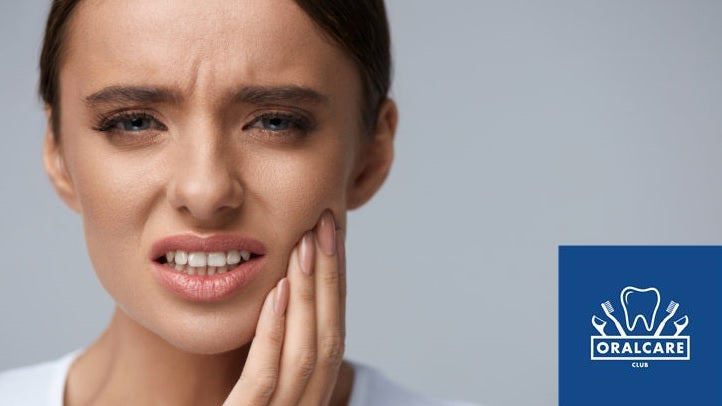Metal Braces Vs Plastic Trays
Having well-aligned shiny teeth to frame your smile can give you or your child a boost of confidence in life.
Whether it is for yourself or your child, choosing the right type of orthodontic treatment to correct misalignment can be confusing.
You no doubt have heard of traditional braces, but in the last 20 years, the Invisalign method has become a popular treatment plan in correcting and straightening teeth.
In this blog, we are going to answer the most asked questions about the advantages and disadvantages of each method giving you a comprehensive overview so you can make the right decision for your individual preferences and unique anatomy.
First Though… What Are Braces & Invisalign
Braces are made from metal brackets that are glued to each tooth, a wire runs through the middle of the brackets, tiny rubber bands hold the wire and the brackets together.
On the other hand, Invisalign consists of computer-generated and custom-made trays made from 3D computer imaging and impressions of your teeth and gums. This information is then used to form your aligner trays for the duration of your treatment. The trays are made from clear BPA-free plastic that sits comfortable and “invisible” on your teeth.
Now, you have clear in mind the differences, let’s take a look at why you may opt for one over the other.
Braces – Why They’ve Stood The Test Of Time
Traditional braces are more effective at treating more complex orthodontic issues. So depending on your discussion with your orthodontist, traditional braces may be your only option.
If fashion statements are your thing, braces now come in non-metal options so you can choose a bold color or opt for more discreet enamel colored brackets and wiring that are less noticeable when set against your teeth.
As far as cost goes, braces are slightly more affordable. However, Invisalign has come down in price a lot in recent years making the price gap fairly slim.
Since braces are permanently attached to your teeth it means there is no temptation to not wear them (or forget to wear them), less self-discipline is needed and for some, this is a positive.
Braces have been around for a much longer time then Invisalign. Therefore braces have stood the test of time, proving with its generations of use that it is an effective tool to straighten and correct teeth especially significant orthodontic issues.
Invisalign – Advantages Of Modern Technology
The Invisalign trays are made from clear BPA-free plastic that is almost invisible when worn. So if you are self-conscious or metal braces are simply not the look you’re after, then Invisalign is a more subtle option.
Your alignment trays are sent to your orthodontic clinic, you then pick up a new batch of trays at each visit. Since these trays are changed every 2 weeks you have fewer and shorter follow-up appointments, about every 2-3 months.
There are no food restrictions, as you take the trays out each time you eat. So you don’t need to deprive yourself of your favorite treats – popcorn and sticky toffee anyone?
They are also smooth and comfortable to wear, with little to no disruption to your speech.
Metal Mouth, and Other Disadvantages to Braces
If you fear being called “metal-mouth” or “train-tracks” then braces may not be the right choice aesthetically speaking.
Dietary requirements are necessary for your treatment as sticky or hard food can cause the brackets to break and pull away from the tooth.
The brackets and wires can cause irritations to the lips and cheeks causing cracks and sores which can be painful and uncomfortable.
If you play contact sports it is recommended to wear a mouth guard to protect yourself being cut by the brackets if you are struck in the face.
The Negatives to Consider with Invisalign
Dedication and commitment to the entire duration of the treatment are vital.
Invisalign trays need to be worn for 22 hours a day. Since they are easily removable you can be tempted to leave them off for longer, or forget to put them back in after eating. Continually doing this will delay the process and could even create problems late on.
Diligence is needed with brushing your teeth and cleaning the trays after every meal or beverage that is not water. This can become an inconvenience for some, but not doing this will stain the trays making your “invisible” braces more a murky hue of yellow.
They are not ideal for patients with complex orthodontic issues such as bridgework, or the need to rotate canines or premolars.
The Bottom Line …
As you have seen there are advantages and disadvantages to both methods. However, what it boils down to is the conversation you will have with your orthodontist. They may decide you are more suited to one than the other.
However, you may qualify for either, if so, carefully consider the advantages and disadvantages and which will best suit you or your child. Rest assured though, both methods will help you achieve that perfect smile.

